

Articles
What Are The Stove Top Things Called
Modified: January 5, 2024
Discover everything you need to know about stove top articles. Find out their purpose, uses, and how they enhance cooking efficiency.
(Many of the links in this article redirect to a specific reviewed product. Your purchase of these products through affiliate links helps to generate commission for Storables.com, at no extra cost. Learn more)
Introduction:
When it comes to cooking, the stove is one of the most essential appliances in any kitchen. It allows us to prepare delicious meals and experiments with various recipes. But have you ever wondered what the different components of a stove top are called? Whether you’re a seasoned chef or a beginner in the kitchen, knowing the names of these stove top essentials can help you navigate your way to culinary success.
In this article, we will explore the various components of a stove top and their functionalities. From burners to control knobs, heat settings to safety features, we’ll cover it all. So, let’s dive in and discover what these stove top things are called!
Key Takeaways:
- Mastering the components of your stove top, from burners to control knobs, allows for precise cooking and a safe kitchen environment. Embrace the versatility of gas, electric, and induction stoves for a seamless culinary journey.
- Understanding safety features such as flame failure devices and child safety locks ensures a secure cooking environment. Embrace the modern efficiency of induction cooktops and the classic reliability of gas burners for a delightful cooking experience.
Burners:
The burner is the heart of any stove top. It is the component that generates the heat necessary for cooking. Burners come in different sizes and shapes, depending on the type of stove you have.
In a traditional gas stove, the burners consist of circular metal rings that emit flames when ignited. The flame heats the cookware placed on top, allowing you to cook your food. Gas burners often have adjustable flame settings, which allow you to control the heat intensity. This flexibility is particularly helpful for precise cooking techniques that require different heat levels.
In electric stoves, the burners are typically made of coiled metal or have a smooth glass top. Electric burners are heated by electricity and offer different heat levels, usually indicated by numerical markings on the stove’s control panel. They are easy to clean and provide consistent heat distribution.
For more modern stoves, induction burners have gained popularity. Induction burners use magnetic fields to generate heat, which is transferred directly to the cookware. Unlike gas or electric burners, the surface of an induction stove remains cool to the touch, making it a safer option. Induction burners also offer precise temperature control, allowing for quicker heating and more energy-efficient cooking.
No matter the type of burner you have, it is vital to use appropriate cookware that is compatible with your stove. For gas burners, ensure that the burner flames are fully ignited, with no uneven distribution of heat. For electric and induction burners, make sure your cookware has a flat, magnetic base for proper contact and efficient heat transfer.
Burners are the workhorses of the stove top, providing the heat necessary to cook your meals to perfection. Understanding their functionality and features is essential for achieving culinary success.
Control Knobs:
Next on our list of stove top things are the control knobs. These small knobs are located on the front or top panel of the stove and are responsible for regulating the heat intensity of the burners.
In a gas stove, the control knobs typically have markings that indicate the heat level, such as low, medium, and high. You can adjust the flame intensity by turning the knob to the desired setting. Some modern gas stoves even have electronic ignition systems, eliminating the need for matches or lighters to ignite the burners.
Electric stoves, on the other hand, usually have control knobs with numerical markings that correspond to specific heat levels. By turning the knob, you can select the desired heat intensity for your cooking needs.
Induction stoves often feature touch-sensitive control panels instead of traditional knobs. With a simple touch or swipe, you can adjust the temperature settings to your liking. These touch controls offer precise control over the heat, allowing for quick adjustments during the cooking process.
Control knobs are an essential part of the stove top as they allow you to regulate the heat output of the burners. Mastering the use of these knobs will help you achieve consistent cooking results every time you step into the kitchen.
Heat Settings:
Understanding the different heat settings on your stove top is crucial for successful cooking. Each heat setting offers a specific level of heat intensity, allowing you to adjust the temperature to suit your culinary needs.
In gas stoves, the heat settings are generally categorized as low, medium, and high. The low setting provides a gentle heat, ideal for simmering sauces or keeping dishes warm without overcooking them. The medium setting offers a moderate level of heat, suitable for sautéing vegetables or cooking meats. The high setting generates the maximum amount of heat and is commonly used for boiling water or searing food at high temperatures.
Electric stoves usually feature numerical heat settings, ranging from 1 to 9 or 10. The lower numbers represent lower heat intensities, while the higher numbers indicate higher heat levels. Similar to gas stoves, the lowest setting is perfect for simmering and keeping food warm, while the highest setting is suitable for boiling or achieving a quick sear.
Induction stoves offer precise heat control, allowing you to select specific temperatures instead of relying on pre-defined settings. This feature is particularly helpful for delicate cooking techniques that require precise heat adjustments.
It’s important to note that different recipes may call for specific heat settings, and understanding the right temperature range can greatly impact the outcome of your dishes. Adjusting the heat settings throughout the cooking process allows you to maintain control over the heat and achieve the desired results.
Drip Pans:
Drip pans, also known as burner pans or drip bowls, are an essential component of a stove top that helps to catch any spills or drips during cooking. They are typically located beneath the burners and serve to protect the surface of the stove from food debris and liquids.
Drip pans are commonly made of durable materials such as porcelain-coated steel or aluminum. Their purpose is to collect any liquids or food particles that may fall from your cookware, preventing them from directly touching the heating elements of the stove. This not only helps in maintaining the cleanliness of your stove but also prevents potential fire hazards.
These pans are removable and can be easily cleaned either by hand or by placing them in the dishwasher. Regular cleaning of the drip pans is necessary to prevent the buildup of grease, food residue, and odors. If the pans become damaged or heavily soiled, they can be replaced with new ones to ensure proper functionality.
In addition to their practical use, drip pans also contribute to the aesthetic appeal of the stove top. They come in various sizes and finishes to match the design of your stove, providing a clean and polished look to the overall appearance.
It is worth noting that some stoves have sealed burners or a continuous cooktop, eliminating the need for individual drip pans. Instead, these types of stoves feature a smooth surface that is easy to wipe clean, with no gaps or crevices for spills to seep into.
Drip pans play an important role in maintaining the cleanliness and functionality of your stove top. By catching and containing any spills or drips, they help to minimize the mess and make post-cooking cleanup a breeze.
Read more: What Are Stove Burners Called
Grates:
Grates are another critical component of a stove top that are responsible for supporting your cookware and evenly distributing heat during the cooking process. They are typically made of durable materials such as cast iron, stainless steel, or enamel-coated metal.
Grates are designed with sturdy, elevated bars that provide a stable surface for your pots and pans. They are strategically positioned over the burners, allowing the flames or heat source to directly contact the cookware. The purpose of the grates is to ensure proper heat transfer, resulting in more consistent and efficient cooking.
Depending on the type of stove you have, the configuration and style of the grates may vary. Gas stoves typically feature individual grates for each burner, which can be removed for easier cleaning. The grates on gas stoves are usually designed with spaces or openings to allow for proper air circulation and efficient gas flow.
On the other hand, electric and induction stoves often have solid and continuous grates that cover the entire surface. These grates provide a consistent and uniform heat distribution for all your cookware, eliminating any cold spots.
Grates can accumulate food residue, grease, and spills during the cooking process. It is important to clean them regularly to maintain their functionality and prevent the buildup of dirt and grime. Most grates can be removed and cleaned with warm soapy water or placed in the dishwasher, depending on the manufacturer’s guidelines.
In addition to their functional purpose, grates also contribute to the overall aesthetics of the stove top. They come in various designs and finishes, ranging from sleek and modern to more intricate and decorative styles. The choice of grates can enhance the visual appeal of your kitchen and complement the overall design of your stove.
Grates play a vital role in supporting your cookware and ensuring efficient heat transfer during the cooking process. Keeping them clean and well-maintained will not only prolong their lifespan but also contribute to a more enjoyable and effective cooking experience.
The stove top things are called burners or heating elements. They are the part of the stove that generates heat for cooking. Make sure to clean them regularly to maintain their efficiency.
Electric Coils:
When it comes to electric stoves, one of the most common types of heating elements used is the electric coil. Electric coils are coiled heating elements made of resistant wire, typically made of materials such as nickel-chromium alloy. These coils are responsible for generating heat and transferring it to your cookware.
Electric coils are replaceable and are positioned on top of the stove in designated locations. The number and size of the coils can vary depending on the stove model and configuration. They are controlled by the stove’s control knobs, allowing you to adjust the heat intensity according to your cooking needs.
One of the advantages of electric coils is their affordability. Electric coil stoves are generally less expensive compared to other types of stoves, making them a popular choice for many households. They are also easy to use and maintain, as the coils can be lifted or removed for cleaning purposes.
The heat generated by electric coils is evenly distributed, providing consistent cooking results. However, it’s important to note that electric coil stoves may take some time to heat up and cool down, requiring a bit more patience and precision when adjusting the heat levels.
While electric coil stoves have been around for many years, newer and more advanced technologies are emerging in the market. Induction cooktops, for example, are gaining popularity due to their faster heating capabilities, energy efficiency, and precise temperature control.
With advancements in technology, some electric stoves now feature smooth glass cooktops with hidden heating elements. This design not only provides a sleek and modern appearance but also makes cleaning easier without the need to clean around the exposed coils.
Whether you opt for traditional electric coils or explore newer options, understanding how they work and utilizing the appropriate heat settings will help you achieve optimal cooking results with your electric stove.
Gas Burners:
Gas burners are a common type of burner found in many kitchens. They utilize natural gas or propane as a fuel source to generate a flame for cooking. Gas burners offer several distinct advantages that make them a popular choice among chefs and cooking enthusiasts.
One of the key benefits of gas burners is their instant heat. As soon as you turn the knob, gas begins flowing to the burner, allowing for immediate heat production. This quick and responsive heat makes gas burners ideal for tasks that require precise temperature control, such as sautéing or simmering delicate sauces.
Gas burners often feature adjustable flame control, allowing you to increase or decrease the heat output. This flexibility enables you to fine-tune the intensity of the flame to suit different cooking techniques or recipes. The ability to adjust the heat quickly gives you greater control over your cooking and reduces the risk of over or undercooking your food.
Gas burners also offer excellent heat distribution. The flame spreads evenly across the bottom of your pots and pans, ensuring consistent heating and preventing hot spots. This even heat distribution helps to cook your food more evenly, resulting in delicious and perfectly cooked dishes.
Another advantage of gas burners is their energy efficiency. Gas is generally more cost-effective than electricity, making gas-powered stoves a more economical option in the long run. Gas burners also allow for precise heat adjustment, which helps to conserve energy by only using the necessary amount of heat for your cooking needs.
Gas burners can be ignited using a pilot light or through electric ignition systems, which eliminate the need for matches or lighters. This enhances safety by reducing the risk of accidental fires. Additionally, gas stoves continue to function during power outages, allowing you to cook even when the electricity is off.
However, it’s important to note that gas burners require regular maintenance. It’s essential to clean the burner heads and ports periodically to prevent clogs and ensure proper gas flow. Regular cleaning also helps to maintain the efficiency and longevity of the burners.
Gas burners are a versatile and efficient option for any kitchen. Their instant heat, precise temperature control, even heat distribution, and energy efficiency make them a favorite among professional chefs and home cooks alike.
Induction Cooktop:
Induction cooktops have gained popularity in recent years for their advanced technology and numerous benefits. Unlike traditional gas or electric stoves, induction cooktops use magnetic fields to generate heat directly in the cookware, resulting in efficient and precise cooking.
Induction cooktops are made up of a smooth glass surface with no visible heating elements. Underneath the glass, there are copper coiled wires that create electromagnetic fields when electricity passes through them. These magnetic fields interact with the iron or magnetic material in the cookware, generating heat.
One of the significant advantages of induction cooktops is their rapid heating capabilities. The heat is generated directly in the cookware, so there is minimal heat loss. This means that water boils faster, pans heat up quickly, and you can start cooking immediately after turning on the induction burner.
Precision and control are key features of induction cooktops. They offer a wide range of heat settings, allowing for precise temperature adjustments. The heat is immediately responsive to changes, so you can increase or decrease the heat instantly. This level of control is particularly useful for delicate cooking techniques that require precise temperature management.
Induction cooktops provide even heat distribution across the bottom of the cookware. This ensures that your food cooks evenly and eliminates hot spots. Whether you’re simmering a sauce or frying a steak, you can expect consistent cooking results with an induction cooktop.
Safety is a significant advantage of induction cooktops. The surface of the cooktop remains cool to the touch during cooking. The heat is only produced in the cookware itself, reducing the risk of burns or accidental contact with a hot surface. Induction cooktops also have built-in safety features, such as automatic shut-off when no cookware is detected or when the cookware is removed from the burner.
Induction cooktops are energy-efficient as well. Since the heat is generated directly in the cookware, there is minimal wasted heat. This means that less energy is required to achieve and maintain the desired cooking temperature, resulting in lower energy consumption.
When using an induction cooktop, it’s essential to ensure that your cookware is induction-compatible. Induction cookware must have a magnetic base, usually made of cast iron or stainless steel, for the magnetic field to work. Non-induction cookware, such as aluminum or copper, will not heat up on an induction cooktop.
Overall, induction cooktops offer a modern and efficient cooking experience. With their rapid heating, precise control, even heat distribution, and safety features, it’s no wonder they have become a popular choice for professional chefs and home cooks seeking a high-performance cooking appliance.
Safety Features:
Stove tops are equipped with various safety features to ensure the well-being of users and prevent accidents. These safety features are designed to minimize the risks associated with cooking appliances and provide added peace of mind in the kitchen.
One common safety feature found in many stoves is the flame failure device (FFD) or flame supervision device (FSD). This feature is typically present in gas stoves and is designed to automatically shut off the gas supply if the flame extinguishes unexpectedly. This prevents the accumulation of unburned gas, reducing the risk of gas leaks and potential fires.
Another important safety feature is the child safety lock. This feature is particularly useful in households with young children to prevent accidental operation or tampering with the stove’s controls. With the child safety lock engaged, the stove’s settings cannot be adjusted or turned on without inputting a specific code or combination.
Many modern stove tops incorporate overheating protection. This mechanism monitors the temperature of the stove and automatically shuts off the heating elements or burners if they exceed a certain threshold. This helps to prevent damage to the stove and reduces the risk of fire in case of overheating.
Some stoves also have a residual heat indicator. This feature alerts users when the surface of the stove top is still hot, even after the burners have been turned off. This is particularly useful to prevent accidental burns or injuries when placing objects on the stove after cooking.
Additionally, some stoves are equipped with an automatic shut-off feature. This feature is typically programmable and can be set to turn off the stove after a certain amount of time has elapsed. This is helpful for those who may forget to turn off the stove, reducing the risk of unattended cooking and potential safety hazards.
In recent years, advancements in technology have led to the incorporation of sensor-based safety features. For example, some induction cooktops have pan detection sensors that automatically turn off the burners if no cookware is detected on the surface. This prevents accidental operation and potential contact with hot surfaces.
It’s important to familiarize yourself with the safety features of your specific stove and understand how to use and engage them properly. Regular maintenance and cleaning of the stove are also essential to ensure that these safety features are functioning correctly and provide the intended protection.
By utilizing safety features and following recommended precautions, you can cook with confidence and enjoy a safe cooking environment in your kitchen.
Conclusion:
The stove top is a vital component of any kitchen, and understanding the different components and their functionalities can greatly enhance your cooking experience. From burners to control knobs, heat settings to safety features, each element plays a role in creating delicious meals and creating a safe cooking environment.
Whether you have a gas stove with adjustable flame burners or an electric stove with precise numerical heat settings, knowing how to utilize these features allows you to cook with precision and control. Electric coils and induction cooktops offer their own advantages, from rapid heating to efficient energy usage.
Grates provide stability for your cookware and ensure even heat distribution, while drip pans help keep your stove clean and prevent spills from causing damage. Control knobs give you the ability to adjust the heat intensity, and safety features like flame failure devices, child safety locks, and automatic shut-offs provide added protection.
Overall, the stove top things, when utilized correctly, create a seamless cooking process. They enable you to experiment with recipes, finely adjust heat levels, and maintain a safe cooking environment. Whether you’re an aspiring chef or a seasoned cook, understanding the components of your stove top will undoubtedly enhance your culinary journey.
So, next time you step into the kitchen to whip up a delicious meal, take a moment to appreciate the burners, control knobs, heat settings, drip pans, grates, electric coils, gas burners, induction cooktops, and safety features that make your cooking experience enjoyable, efficient, and safe.
Frequently Asked Questions about What Are The Stove Top Things Called
Was this page helpful?
At Storables.com, we guarantee accurate and reliable information. Our content, validated by Expert Board Contributors, is crafted following stringent Editorial Policies. We're committed to providing you with well-researched, expert-backed insights for all your informational needs.
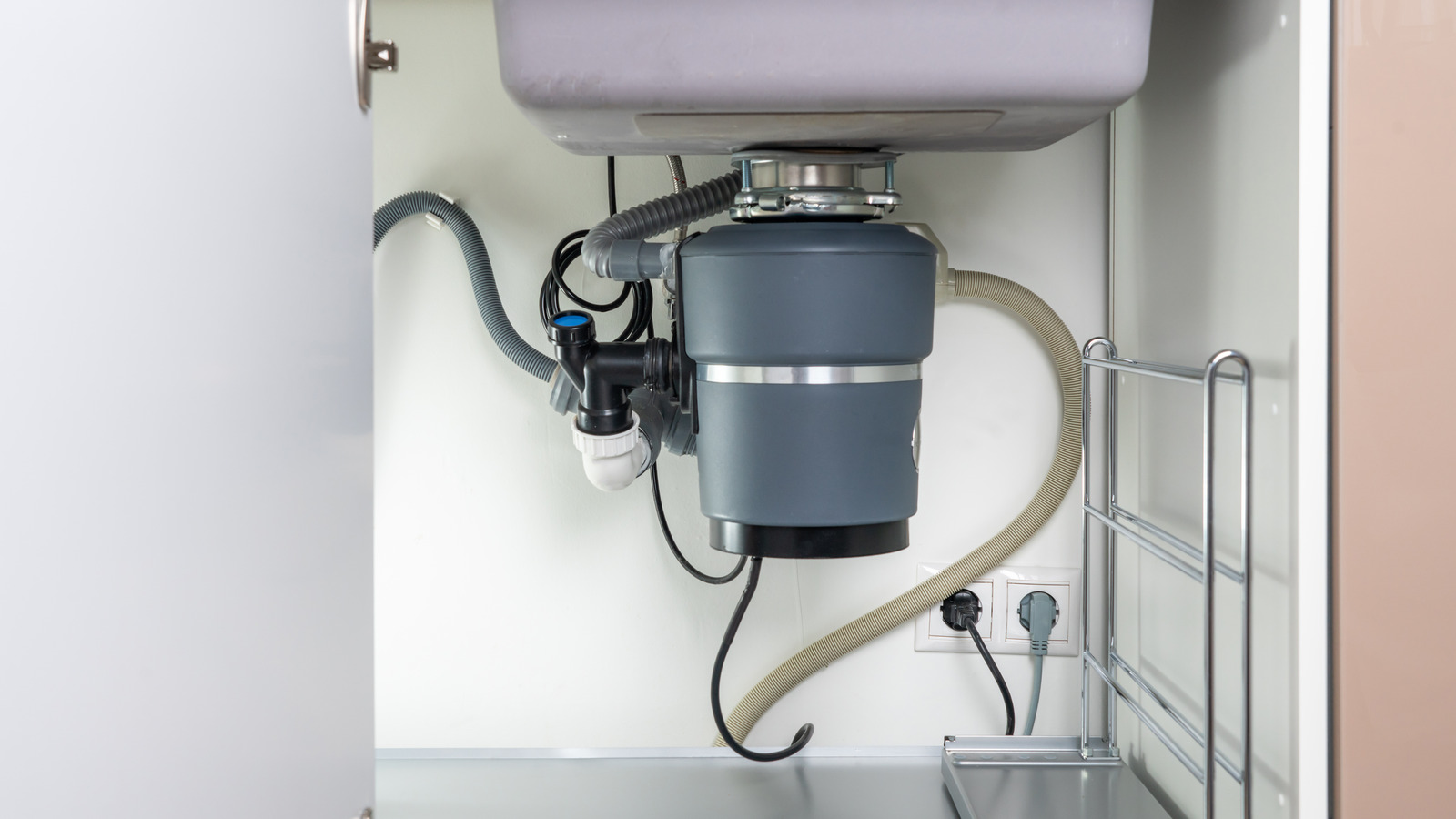

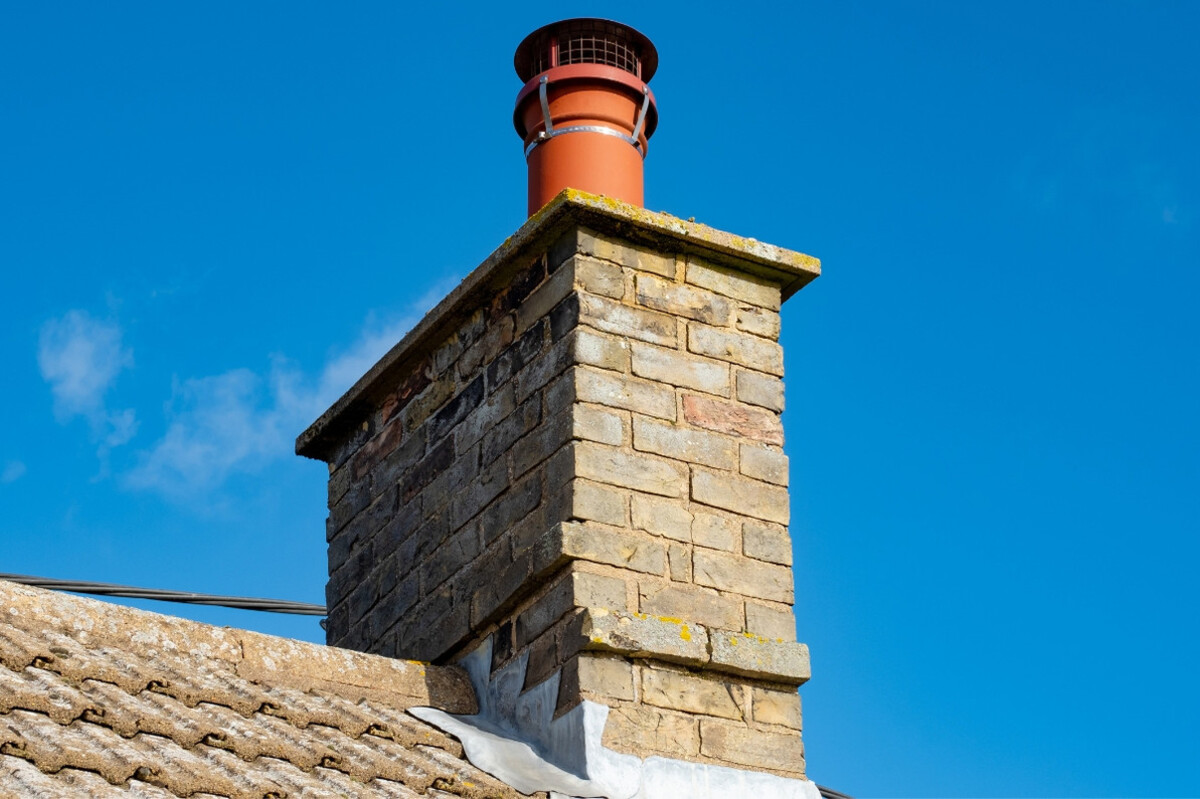
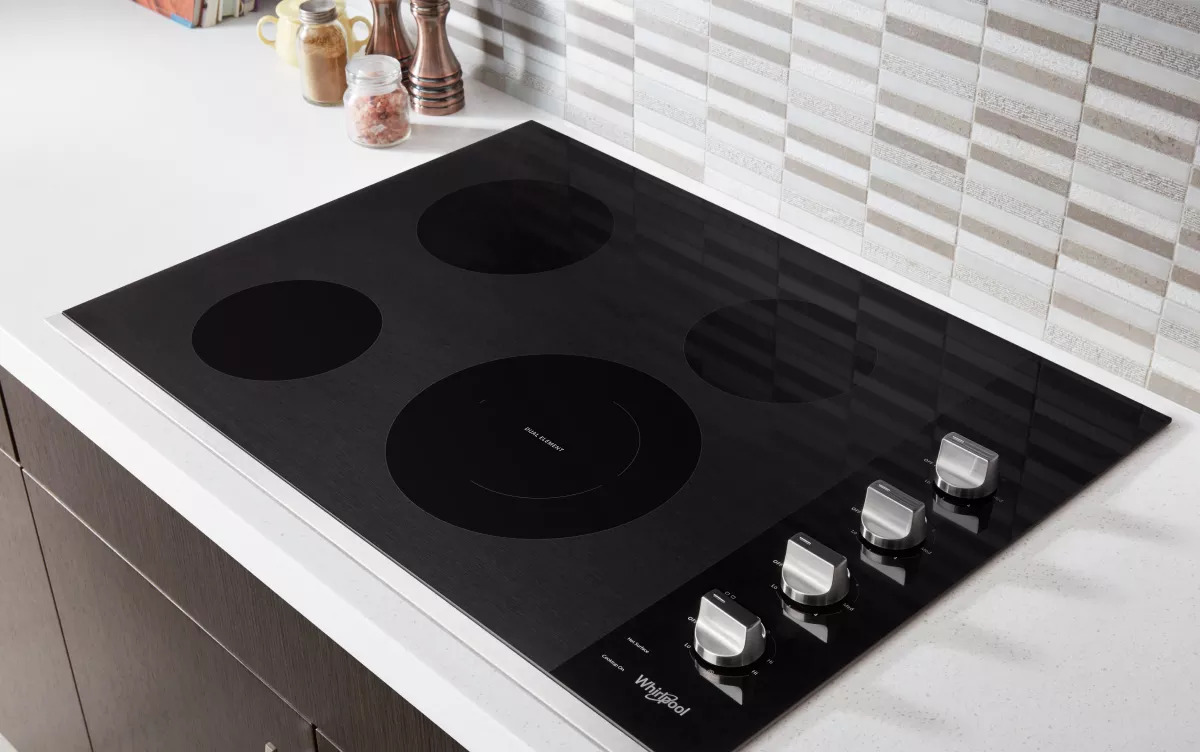
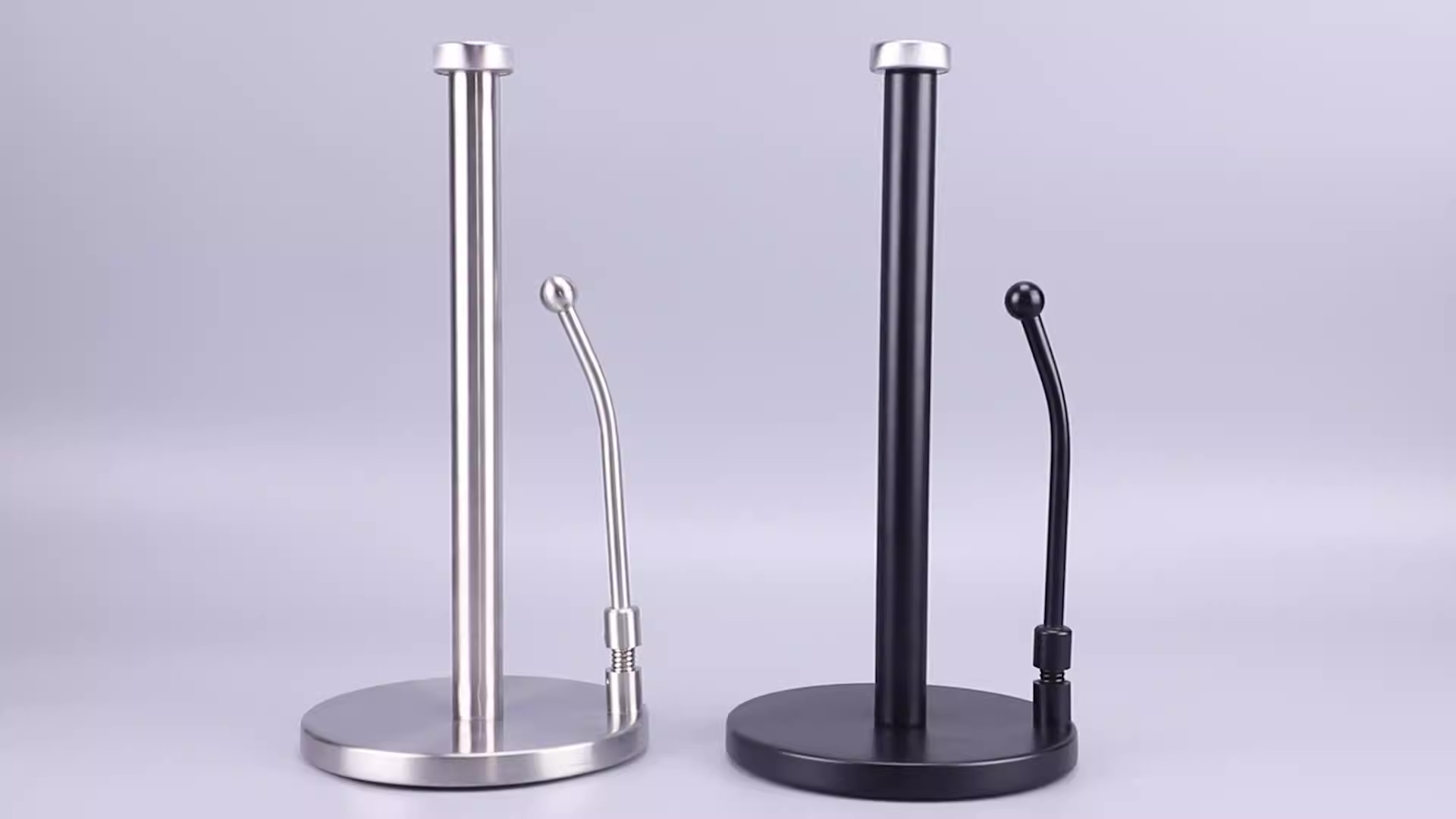
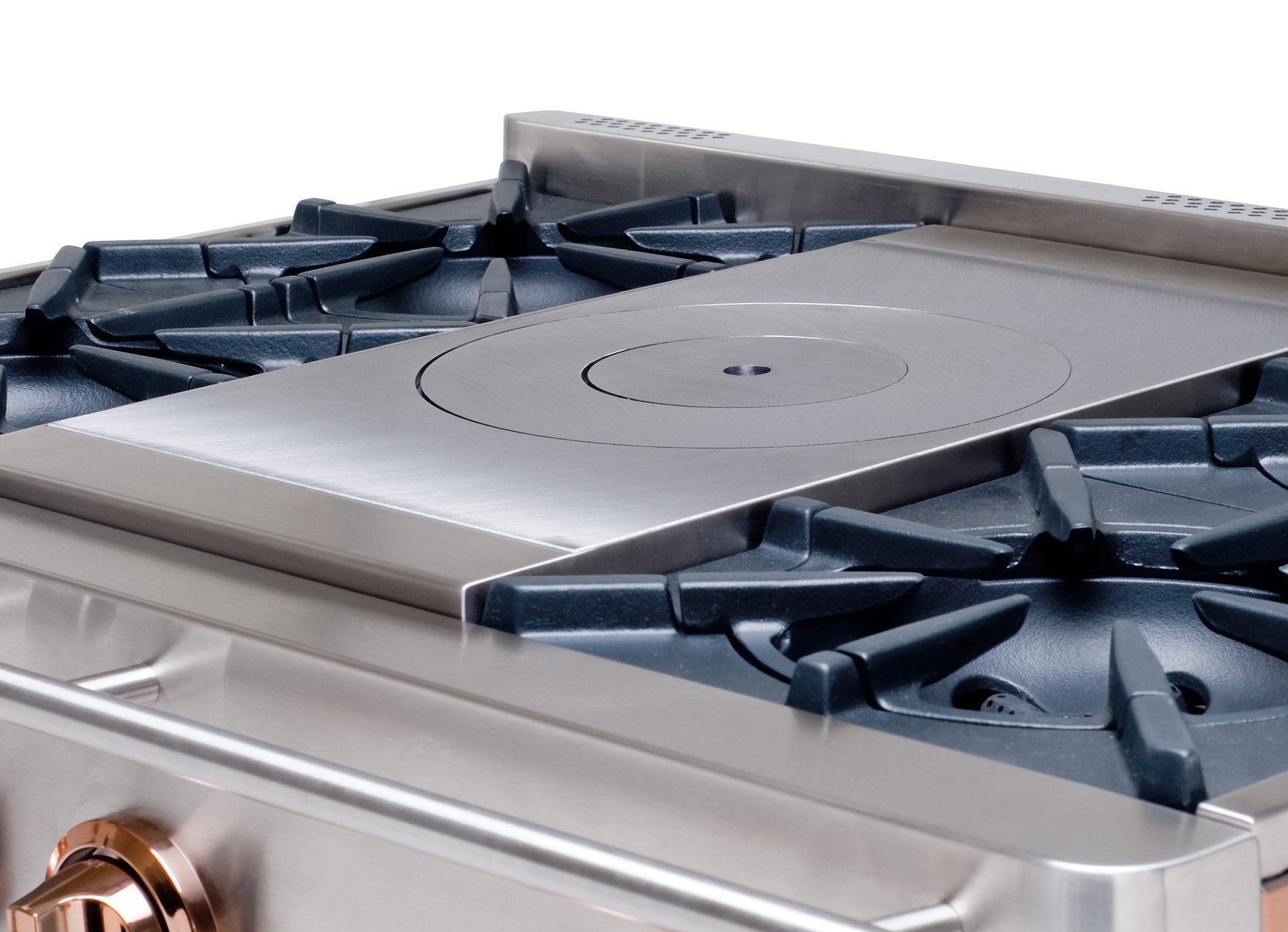
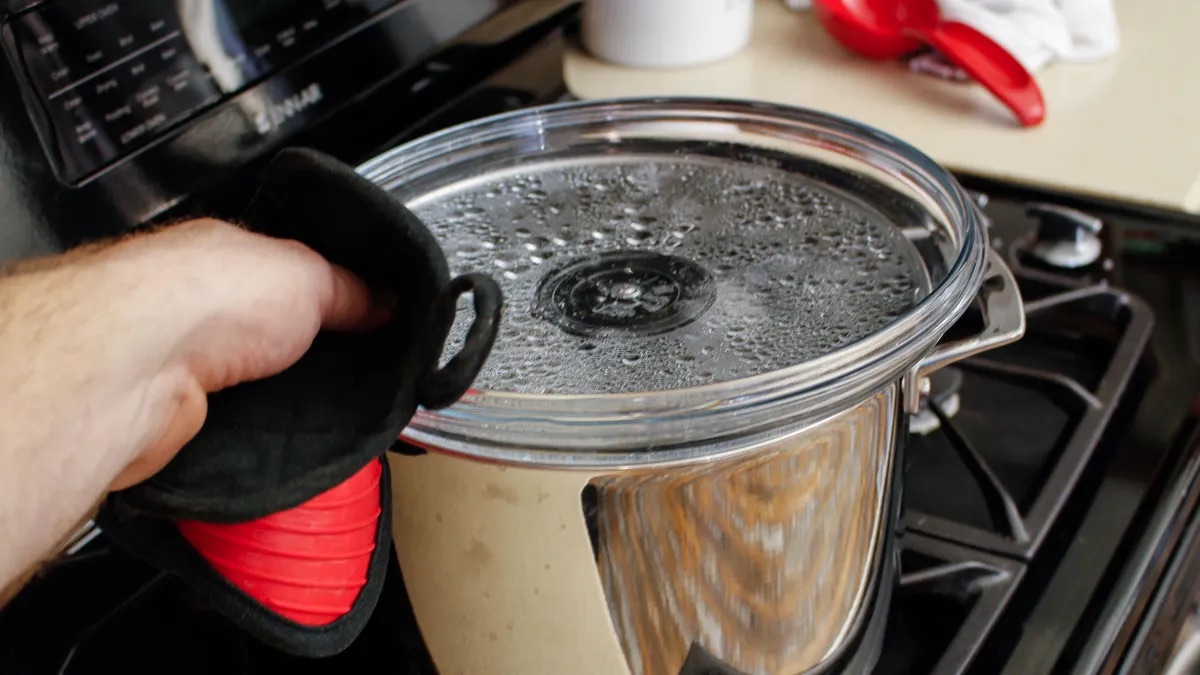
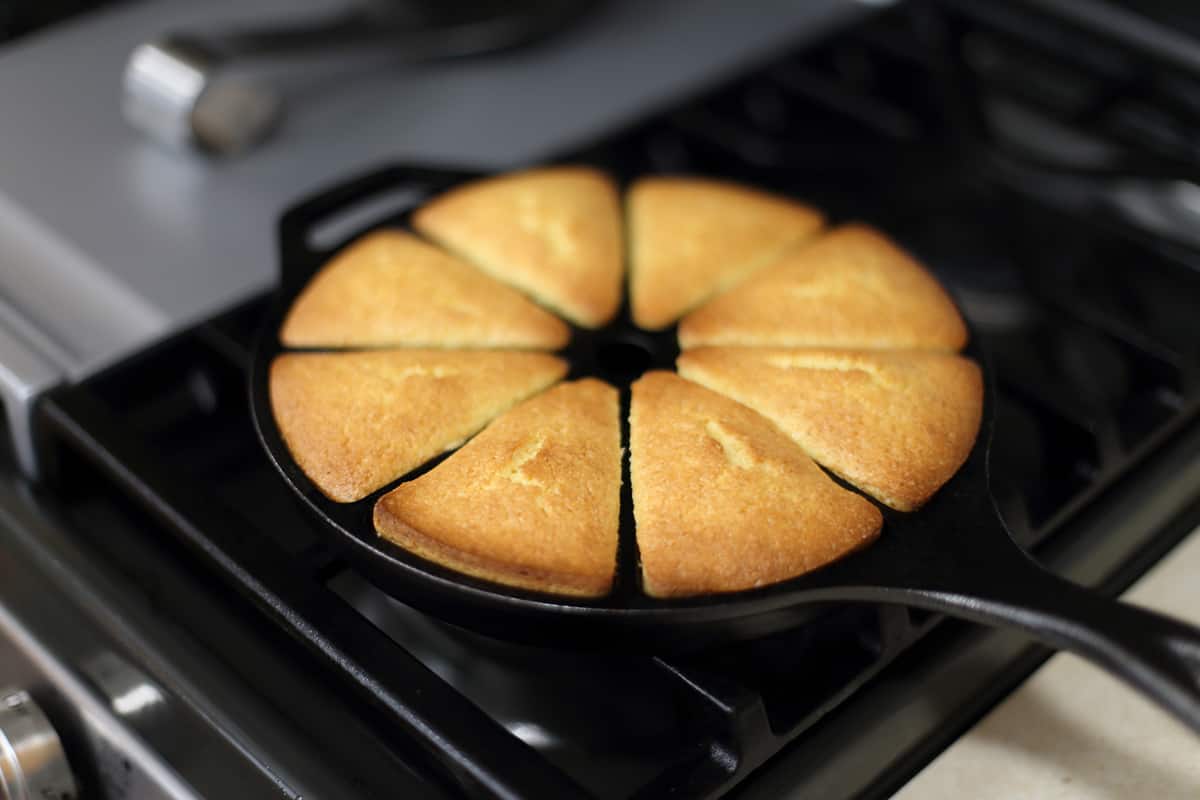
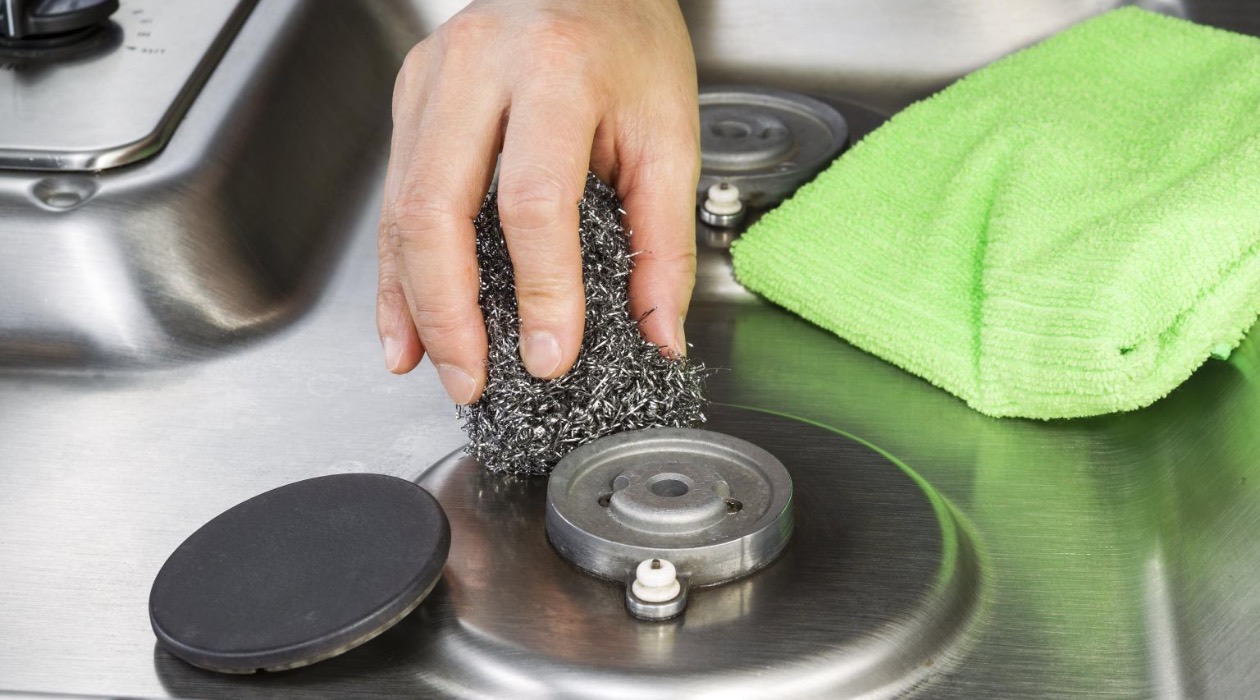
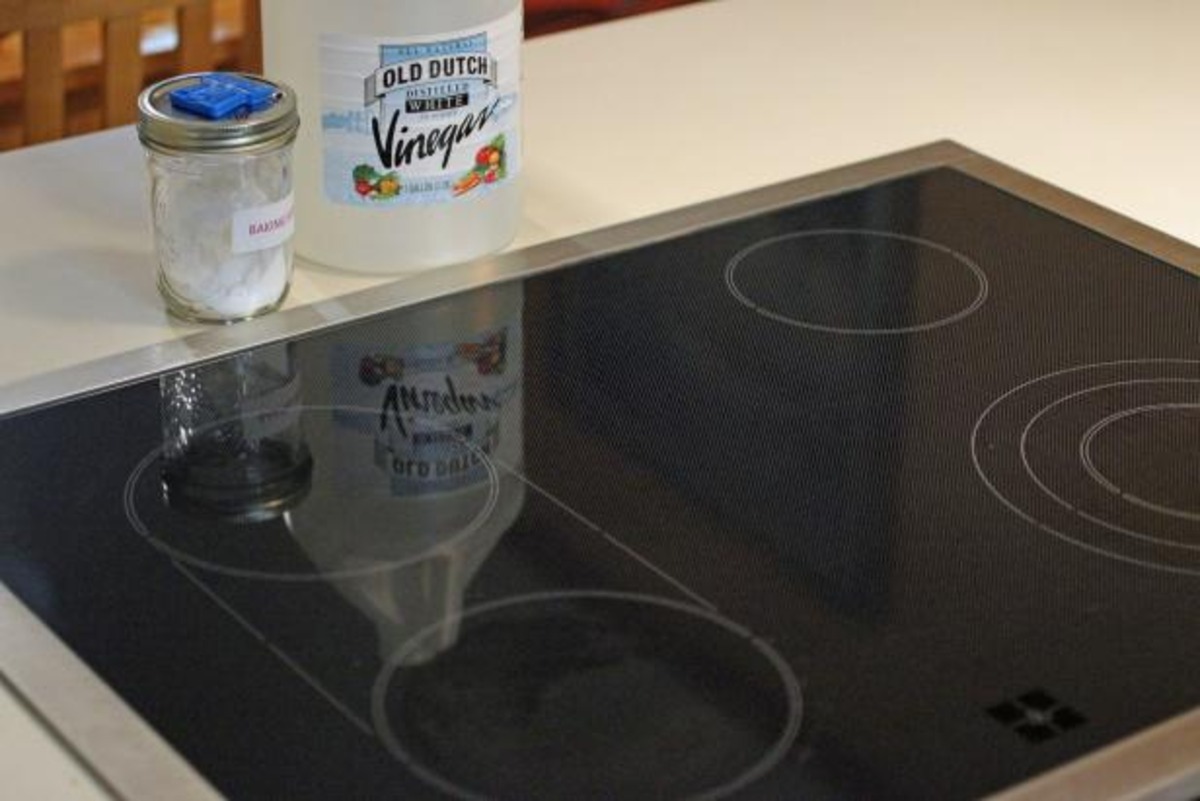
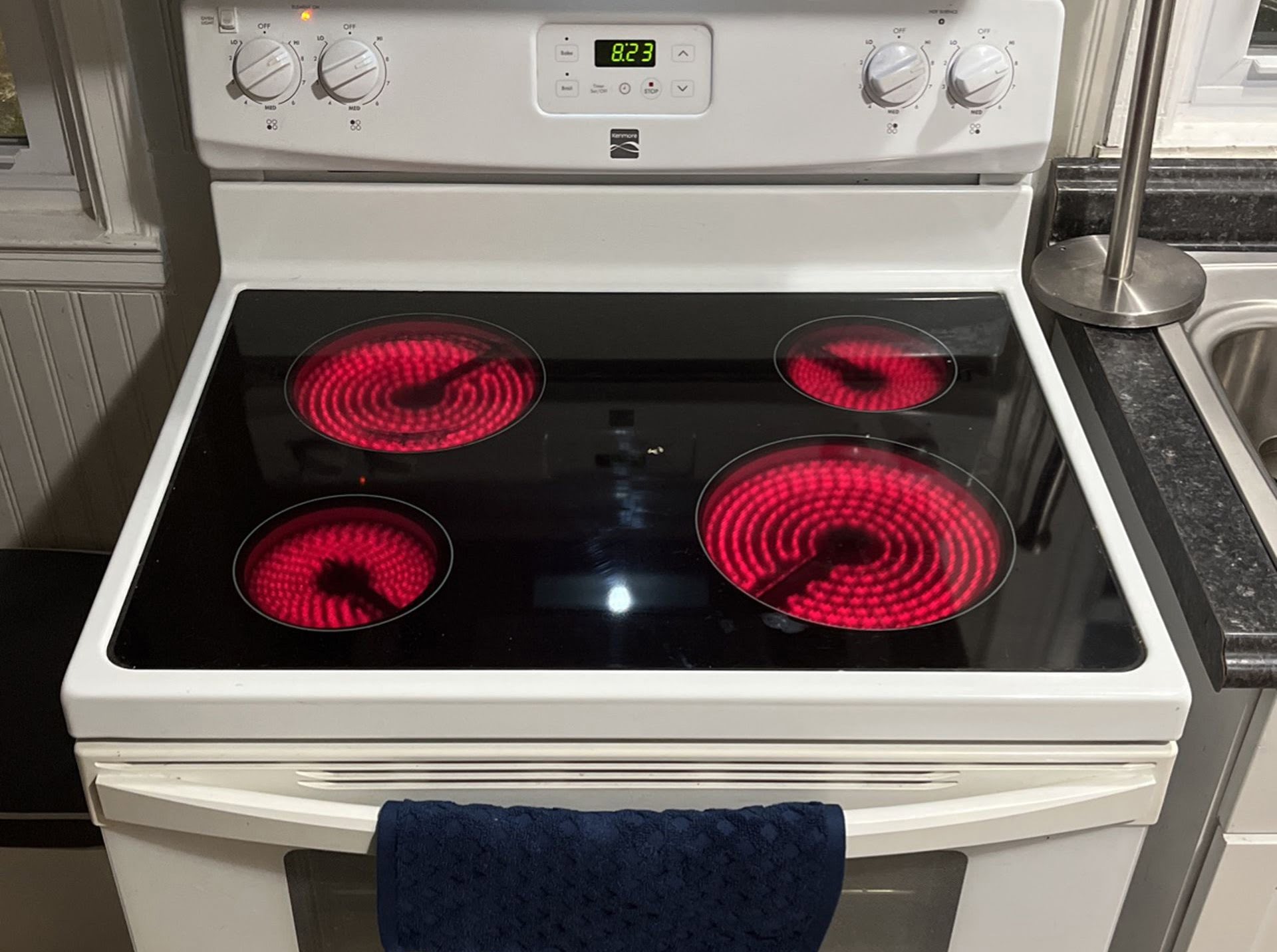
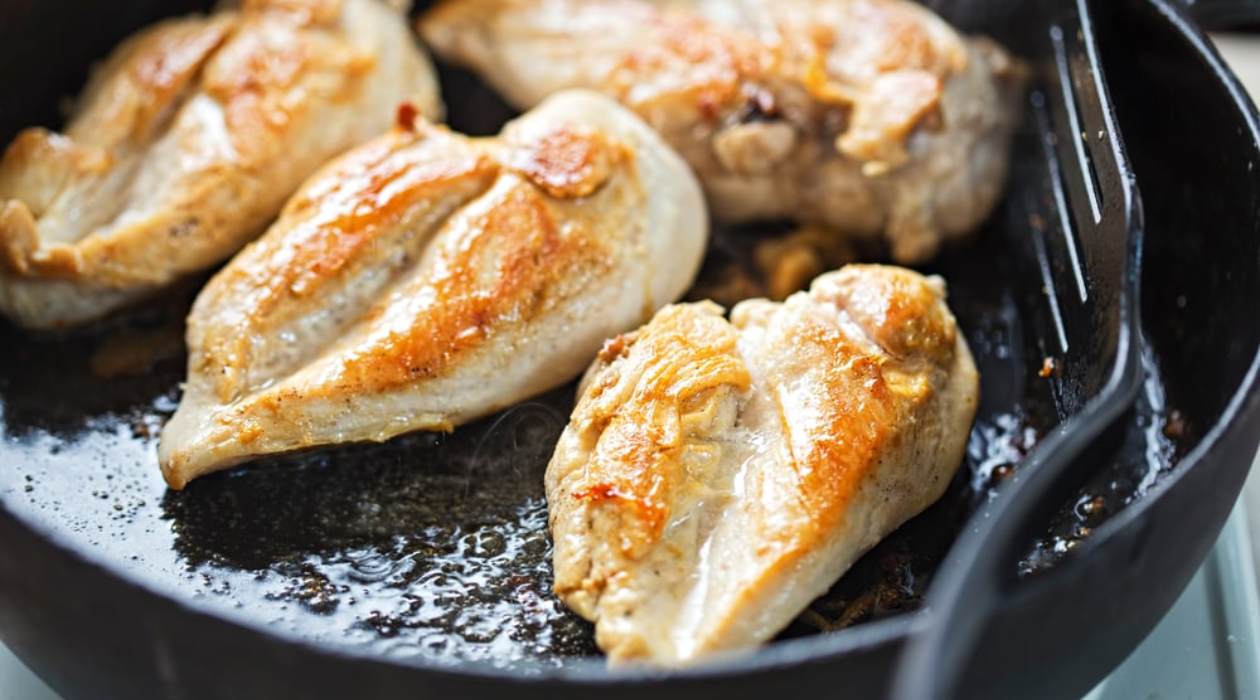
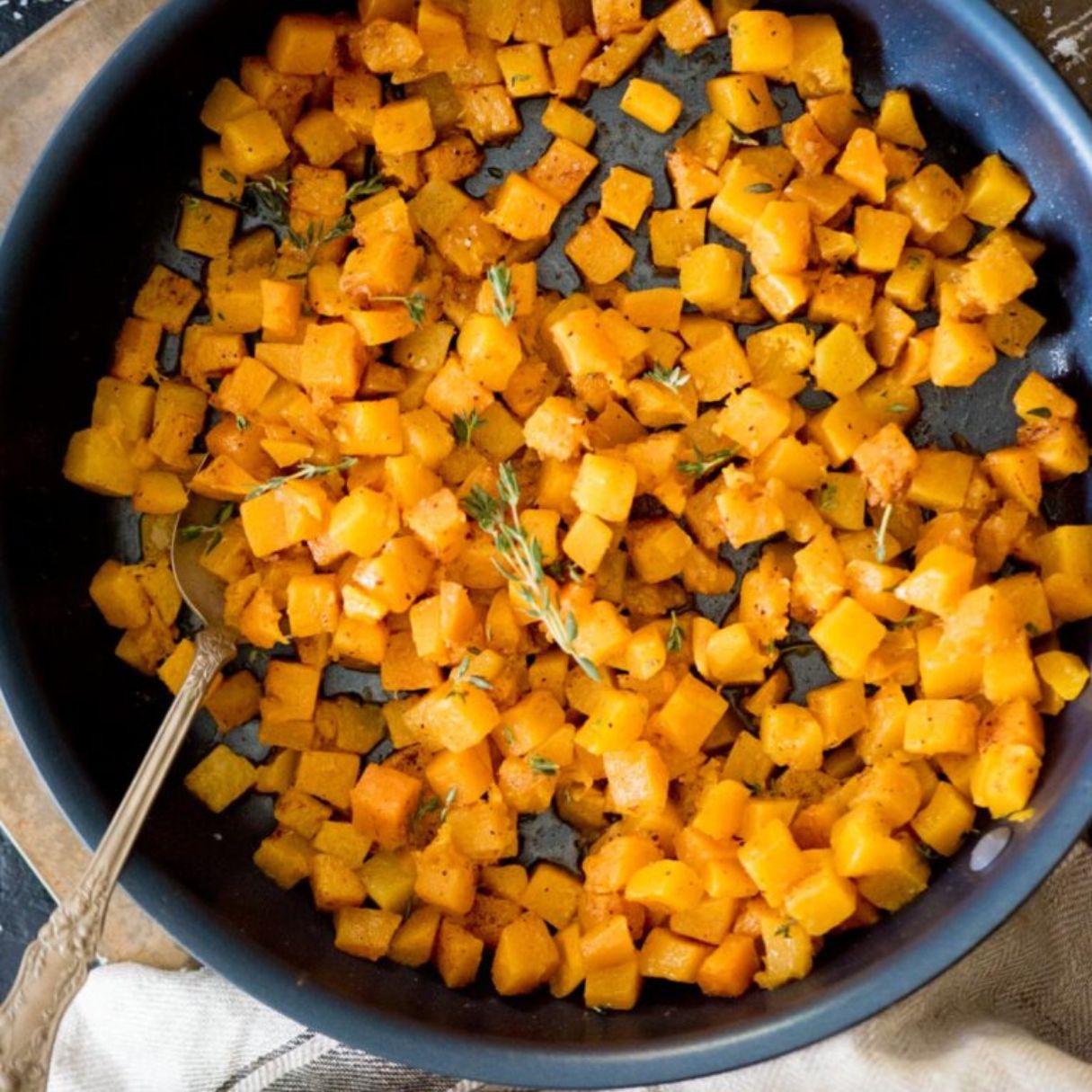

0 thoughts on “What Are The Stove Top Things Called”